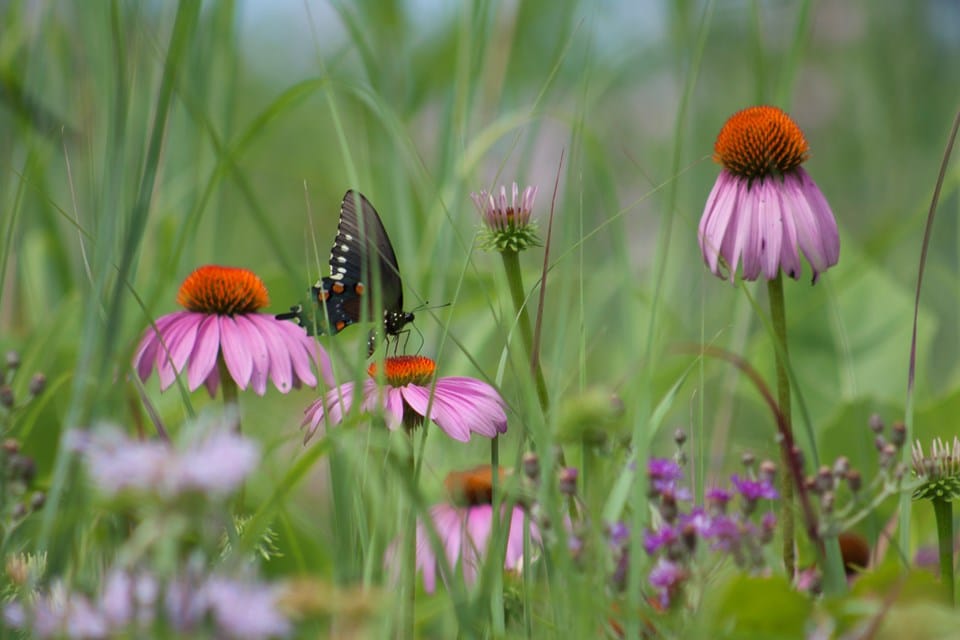
Native plants often have a reputation for being “aggressive”, “thuggish”, or “weedy”.
Sometimes this reputation is earned. Common milkweed, for example, is great for monarchs, but can be a real pain for a gardener to try to control (only plant this particular variety if you have lots of space and an informal style!). And it doesn’t help that so many natives have the term “weed” in their common names: Joe Pye Weed, Butterfly Weed, Milkweed, Ironweed… These plants need a new marketing team! Rest assured, though, that there are many lovely natives that will behave themselves in your landscape while providing benefits to the ecosystem. Here are a few to try:
Blue Star (Amsonia tabernaemontana) – clump forming and long-lived with lovely blooms for pollinators and hummingbirds
False/Wild Indigo (Baptisia australis) – forms almost a bush when mature. It’s a host plant for Duskywing butterflies and caterpillars, showy flowers
Purple coneflower (Echinacea purpurea) – readily available in the nursery trade, long bloom time, tolerates drought, birds love to snack on the seeds
Butterflyweed (Asclepias tuberosa) – a great milkweed choice to host monarch in a suburban landscape. Tolerates drought and likes sun. To prevent seeds from spreading, put a rubber band around the seed pods to keep them closed.
Royal Catchfly (Silene regia) – very showy red blooms, tolerates drought
Black Eyed Susan (Rudbeckia hirta) – readily available in the nursery trade, long and showy bloom time. Leave the seed heads for more plants next year and for your bird friends
Are you having trouble finding these and other native plants at your favorite local nursery? Planting native plants is a fairly new but very rapidly growing trend. Be sure to ask for native options so they know their customers are interested!
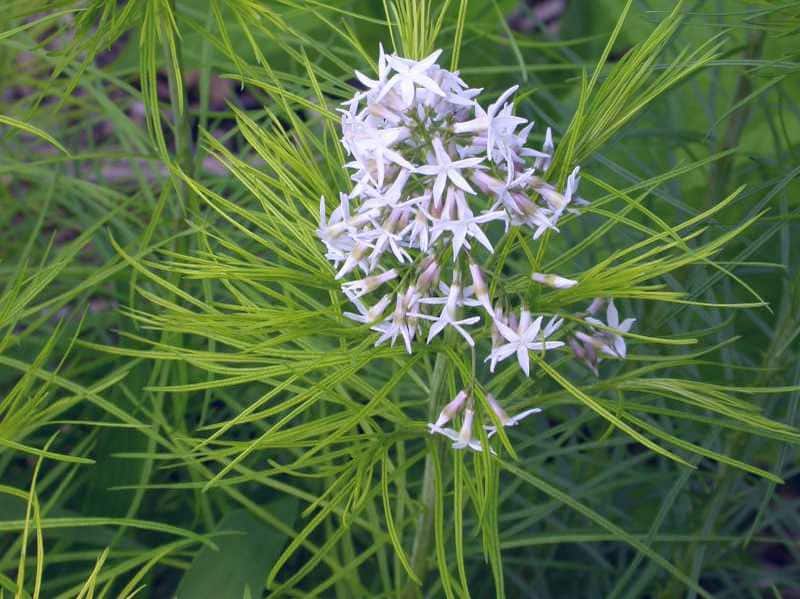
Blue Star 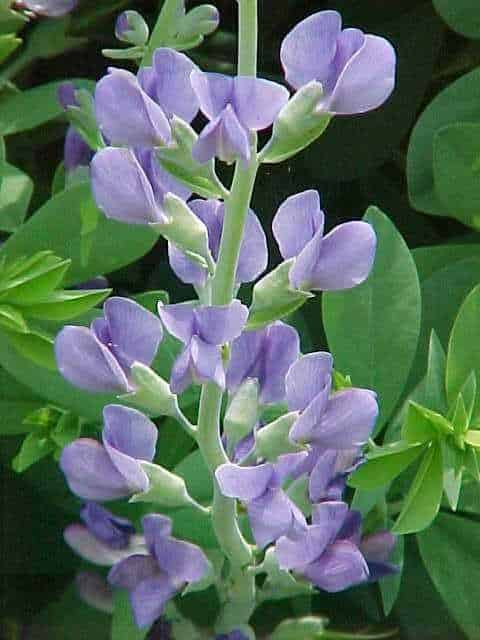
False / Wild Indigo 
Purple Coneflower 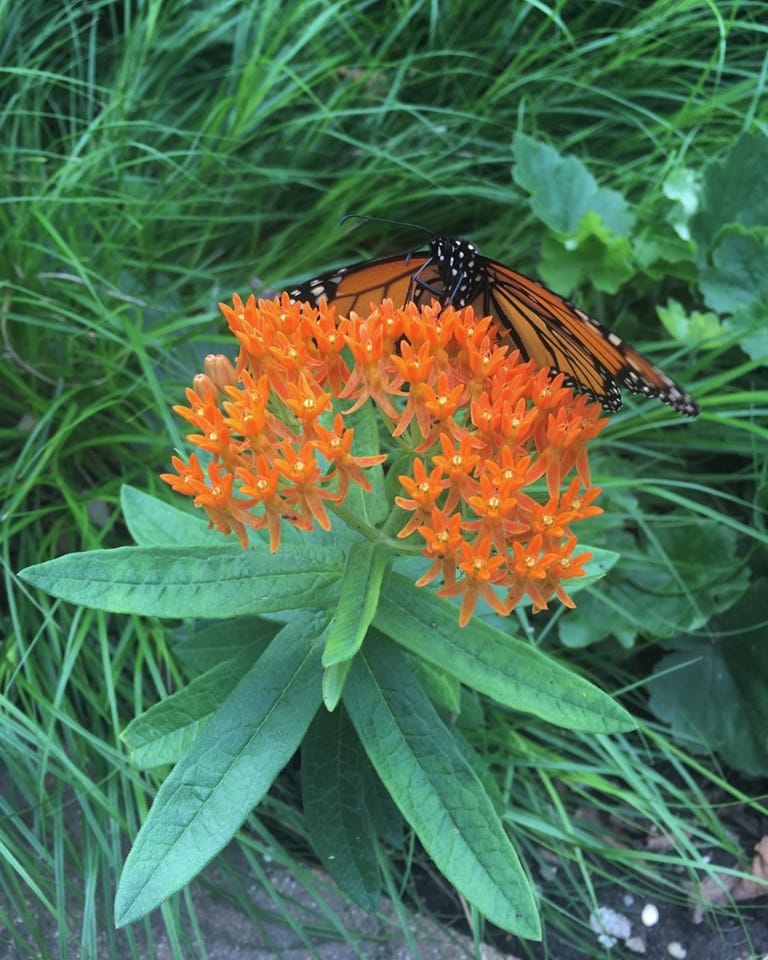
Butterfly Weed 
Royal Catchfly 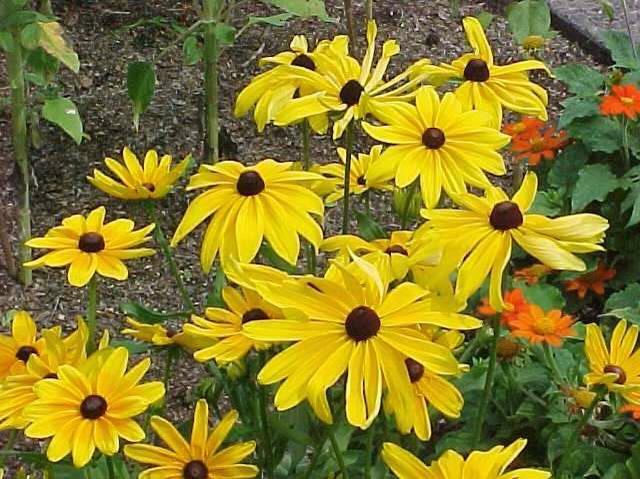
Black-eyed Susan
Happy planting to you!
